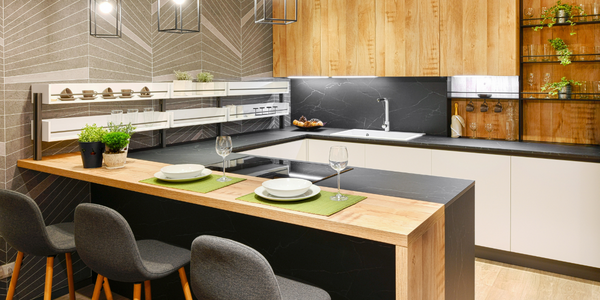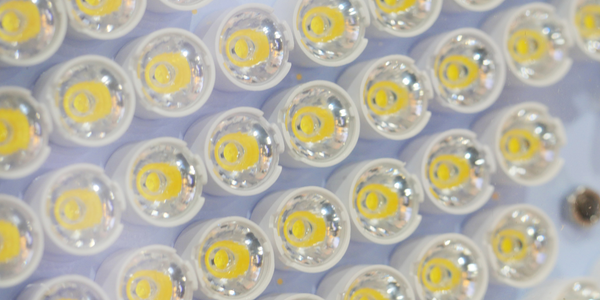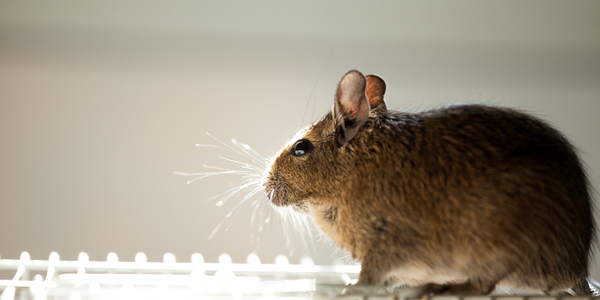Applicable Industries
- Consumer Goods
Applicable Functions
- Product Research & Development
- Sales & Marketing
About The Customer
The customers in this case study were a group of London kids who were also adidas consumers. They were involved in the product development process from the very beginning, participating in conceptual workshops and providing feedback on prototype boots. They remained involved throughout the process, with regular Consumer Validation Sessions taking place. The customers were also part of the GLITCH community pre-launch and were instrumental in creating content for the campaign. They had exclusive access to the GLITCH boots via an app, which they could unlock using community invite codes.
The Challenge
The traditional process of launching a product, particularly in the sports industry, has become predictable and repetitive. The standard football boot launch, for instance, has been executed in the same manner countless times. This monotony was a challenge that needed to be addressed. The GLITCH campaign aimed to break this pattern by involving consumers in the product development process from the very beginning. In October 2015, a group of London kids, who were also adidas consumers, were gathered in conceptual workshops. Over the following months, they worked closely with the kids and adidas to evolve and refine what would become 'GLITCH'. The challenge was to create a product that was not only innovative but also consumer-driven.
The Solution
The solution was to involve consumers in every part of the campaign, from the product concept, name, product design, and service proposition. By April 2016, the kids were wearing, testing, and providing feedback on prototype boots. This was a stark contrast to the standard product development process, which is usually top secret and kept away from consumers. The kids remained involved throughout, with regular Consumer Validation Sessions taking place. In addition to fostering the GLITCH community pre-launch, the campaign partnered with London players to create content. GLITCH boots were made available only via an exclusive app, unlocked by community invite codes. Consumers could order their Starter Pack, receive it within 4 hours in the London area, and play in the boots the same day. If they were not convinced, they could return them within 14 days, worn, and get a full refund.
Operational Impact
Quantitative Benefit

Case Study missing?
Start adding your own!
Register with your work email and create a new case study profile for your business.
Related Case Studies.
.png)
Case Study
Improving Vending Machine Profitability with the Internet of Things (IoT)
The vending industry is undergoing a sea change, taking advantage of new technologies to go beyond just delivering snacks to creating a new retail location. Intelligent vending machines can be found in many public locations as well as company facilities, selling different types of goods and services, including even computer accessories, gold bars, tickets, and office supplies. With increasing sophistication, they may also provide time- and location-based data pertaining to sales, inventory, and customer preferences. But at the end of the day, vending machine operators know greater profitability is driven by higher sales and lower operating costs.

Case Study
Series Production with Lot-size-1 Flexibility
Nobilia manufactures customized fitted kitchens with a lot size of 1. They require maximum transparency of tracking design data and individual processing steps so that they can locate a particular piece of kitchen furniture in the sequence of processes.

Case Study
American Eagle Achieves LEED with GE LED Lighting Fixtures
American Eagle Outfitters (AEO) was in the process of building a new distribution center. The AEO facility management team decided to look at alternate options for lighting layout that could provide energy and maintenance savings. AEO would need a full-time maintenance employee just to replace burned-out fluorescent tubes.

Case Study
Revolutionizing Rodent Control
From pet- and child-safe traps, to touch-free and live-catch rodent control solutions, Victor continues to stay committed to producing superior products that meet the varying needs of today’s pest control professionals. And, with a long standing history supporting customers in the food processing, service, and retail settings, Victor knew that strict regulations were costing organizations thousands of dollars in excess overhead trying to manage their rodent-control solutions. Trap inspections in these environments are often difficult and time consuming, requiring personnel to manually check a trap’s status multiple times per day, amounting to over six hours of manual labor. Victor is looking for an innovative way to increase operational efficiencies with the use of technology.









